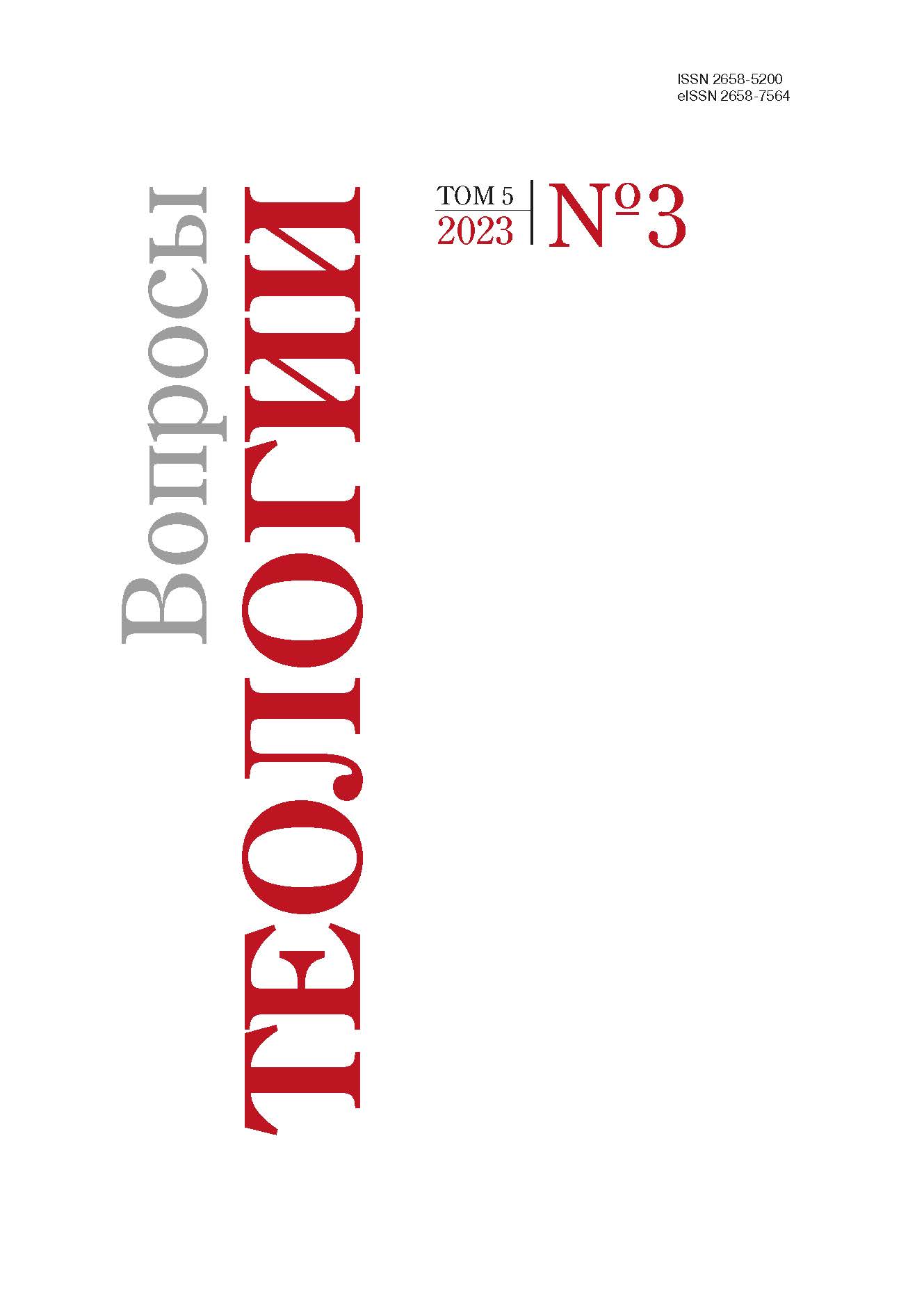Does anthropomorphism exist in the Islamic creed?
DOI:
https://doi.org/10.21638/spbu28.2023.304Abstract
The article deals with the question of the inadmissibility of the idea of the articulation of Allah, the possibility of limiting It by space or movement, i. e. the inadmissibility of some similarity of the Almighty with His creations. Monotheism — which is the basis of the Islamic creed — means to be convinced of the uniqueness of Allah in his essence, in actions and attributes (sifat), which implies His absolute incomparability. A person comes to the idea of the similarity of Allah with His creations due to a misunderstanding of the verses of the Quran, due to the fact that he did not follow the path that the scientists paved, and did not follow them at all. The article also substantiates the position of Islamic scholars regarding the understanding and interpretation of those verses of the Quran and hadiths that falsely suggest thoughts of the likeness of Allah to his creations. This position manifests itself in two methods, which later became known as: tawil — interpretation of an obscure word, i. e. the selection of a suitable meaning from the paradigm of meanings of an obscure word that complies with the rules of the Arabic language and does not indicate a flaw in relation to Allah Almighty, and tafwiz — leaving the meanings of these words to the will of Allah, with conviction That Allah is not like any of His creations.
Keywords:
Islam, anthropomorphism, verses of the Quran, hadith of the Prophet, verses of mutashabihat, methods of interpretation of verses
Downloads
References
References
Downloads
Published
Issue
Section
License
Articles of "Issues of Theology" are open access distributed under the terms of the License Agreement with Saint Petersburg State University, which permits to the authors unrestricted distribution and self-archiving free of charge.




